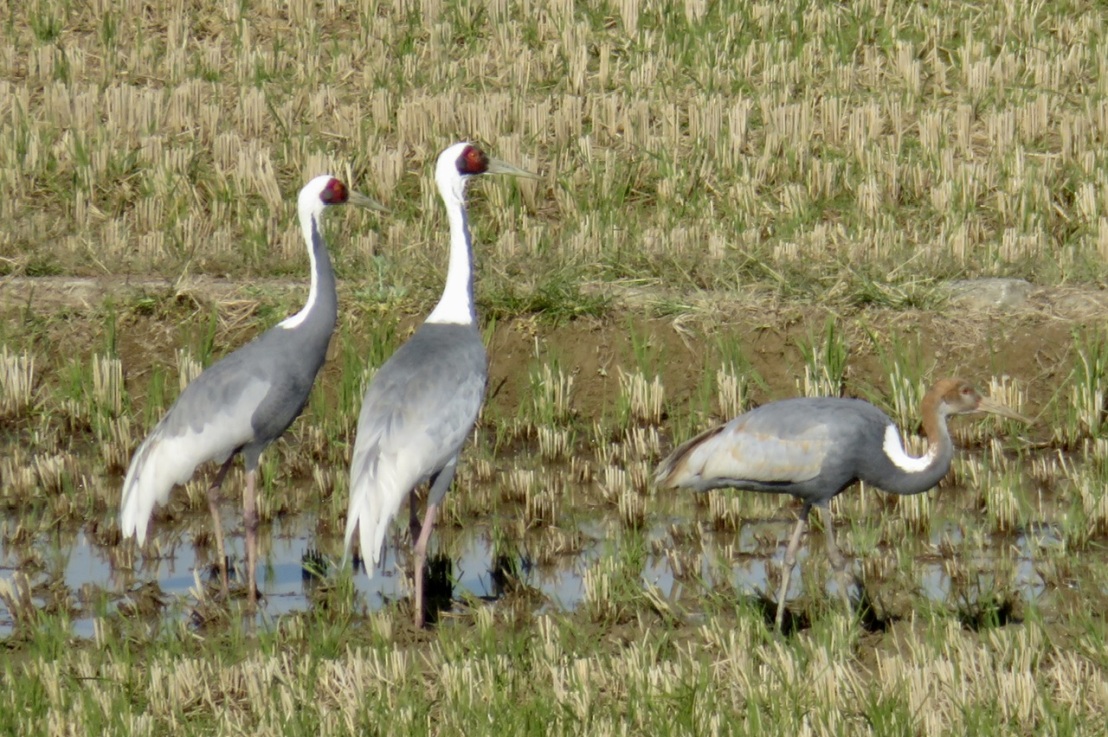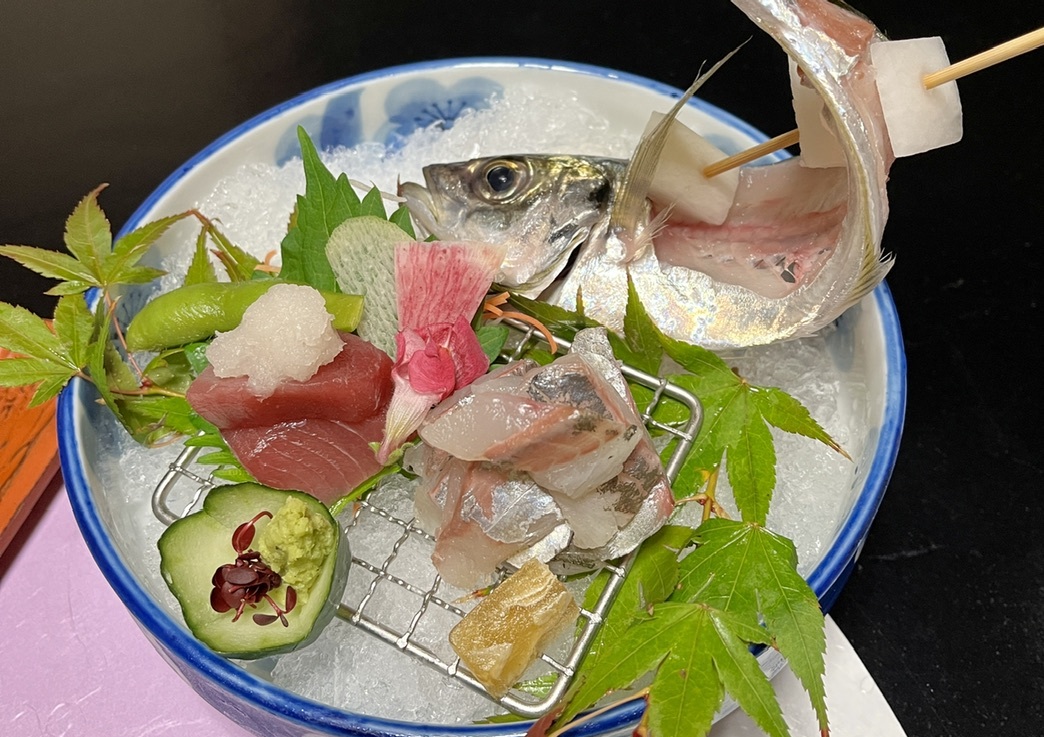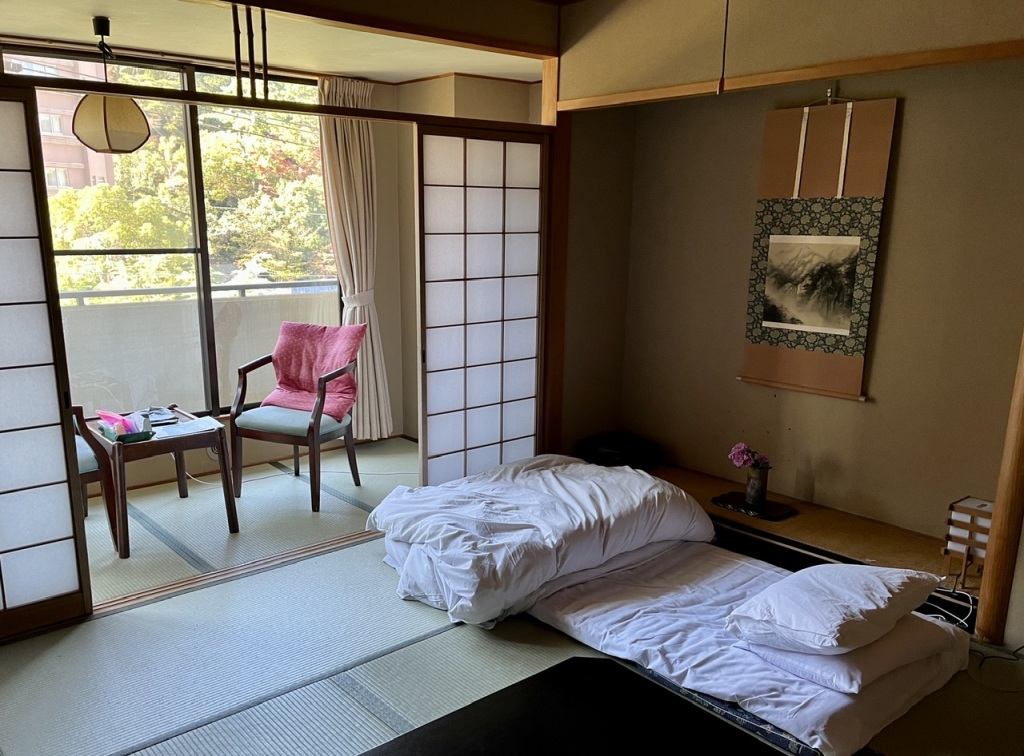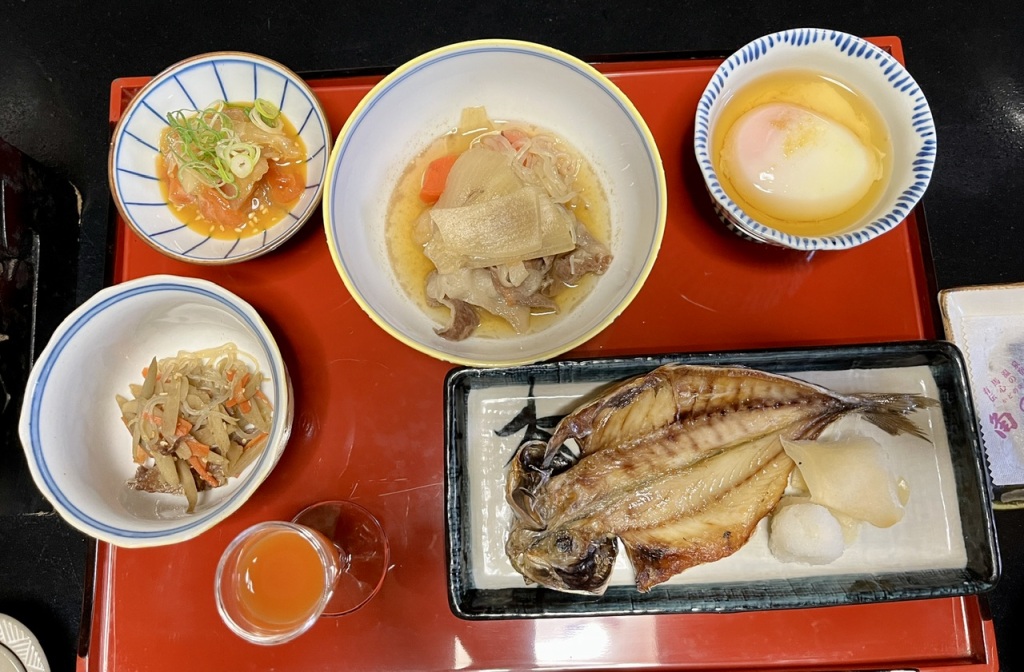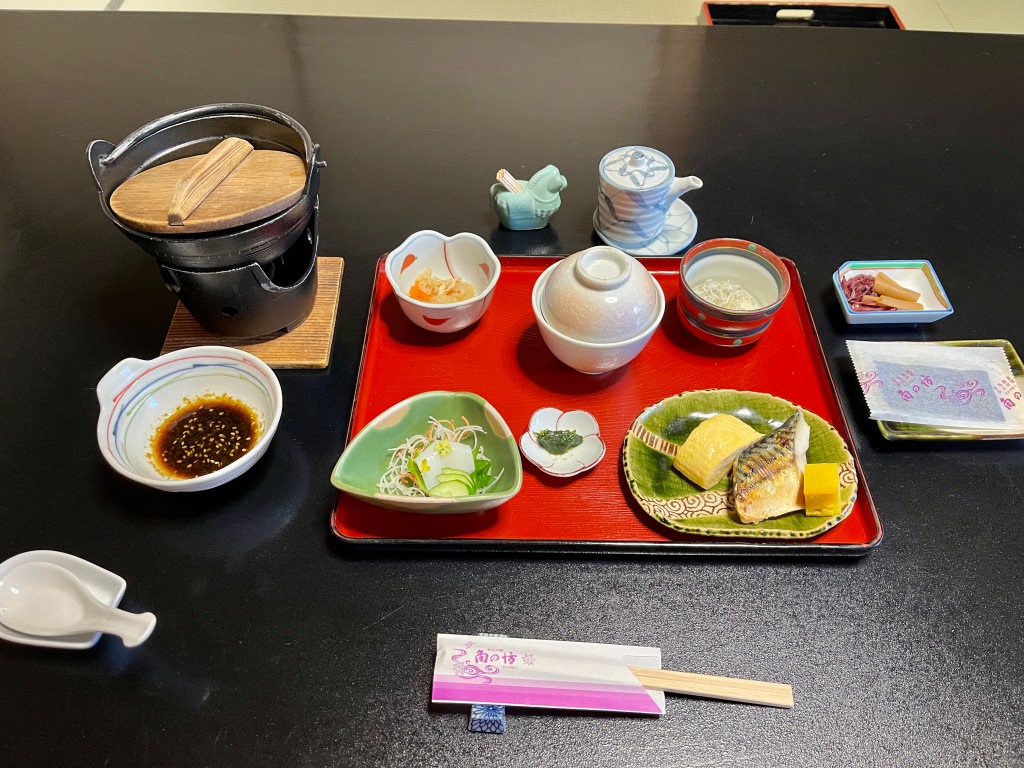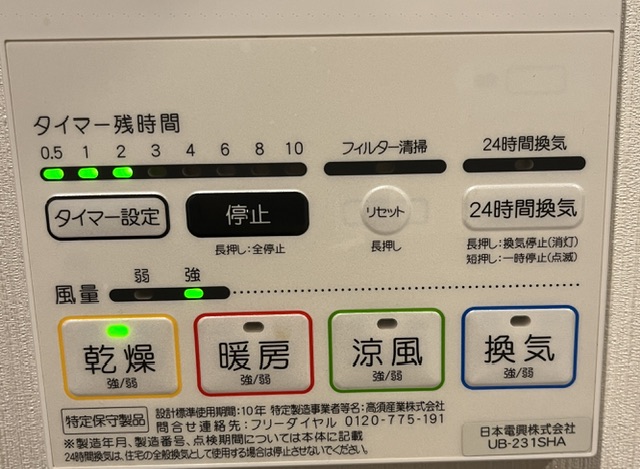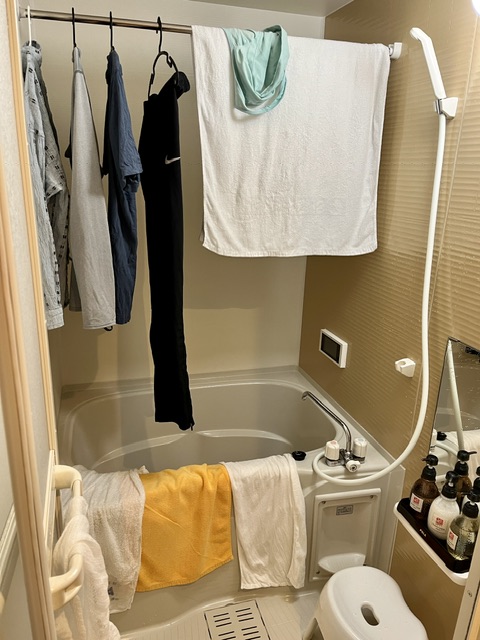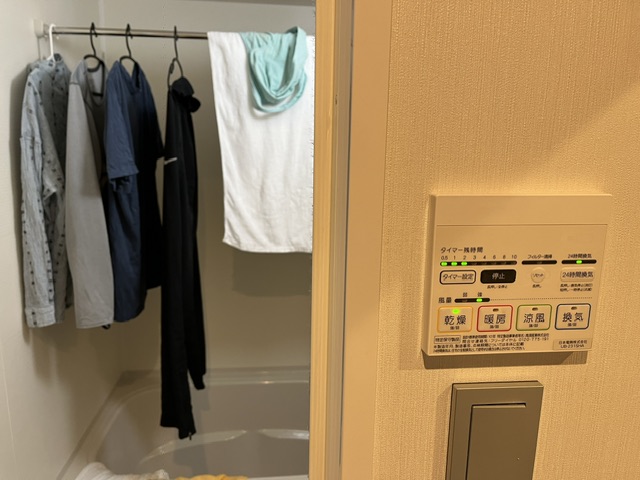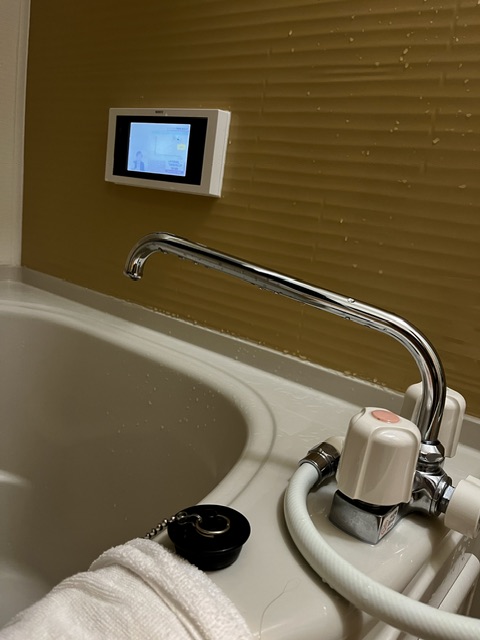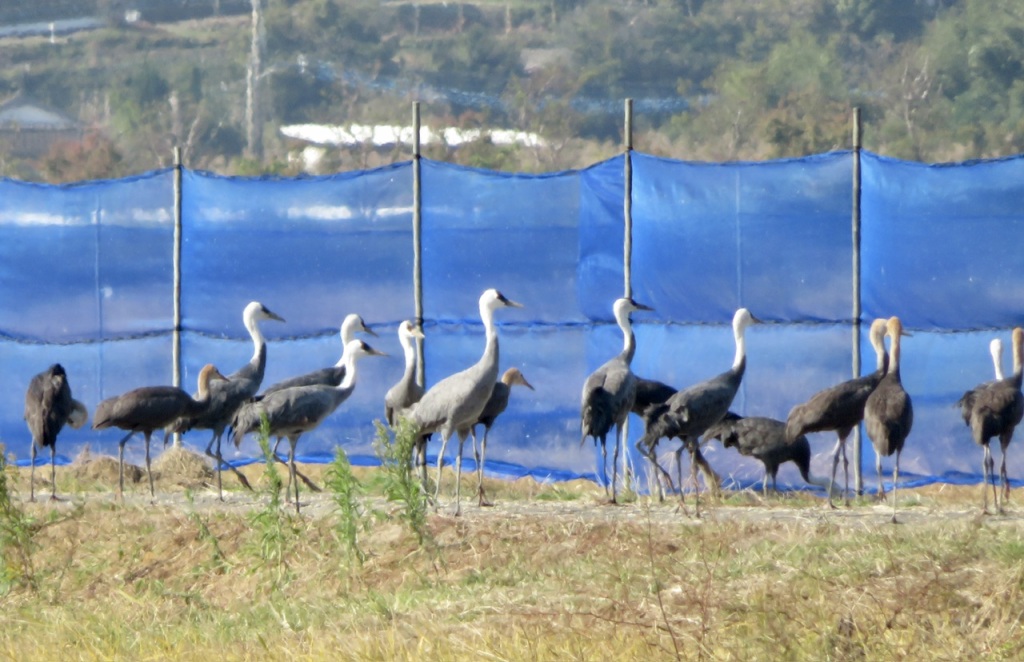
Late in the planning stage for this trip (August!) I decided to subject my future self to a quick trip to the south of Japan to chase down two objectives: the Sugi forest on the island of Yakushima and the wintering cranes in Izumi. I’m still a bit surprised that a set of fortunate circumstances allowed me to successfully achieve both objectives. If you go off the beaten path in Japan, online information in English becomes sparse.
Why cranes? Along with solar eclipses, I’ve chased down these large birds in the past. Years ago I went to Kearney, Nebraska to observe giant flocks of lesser Sandhills bedding down for the night on the Platte River sandbanks. The thing that I love about cranes is their call, and I’ll go to some lengths to hear it. I was also hoping that some of the more beautiful crane species winter in Izumi. Indeed, Japan’s iconic White-naped Cranes were wintering there (perhaps not as ubiquitous throughout Japan as they were in the past.) As a bonus, it turns out that the Hooded Cranes also have the thrilling, resonant chortle in their call that’s similar to that of our North American Less and Greater Sandhill Cranes.
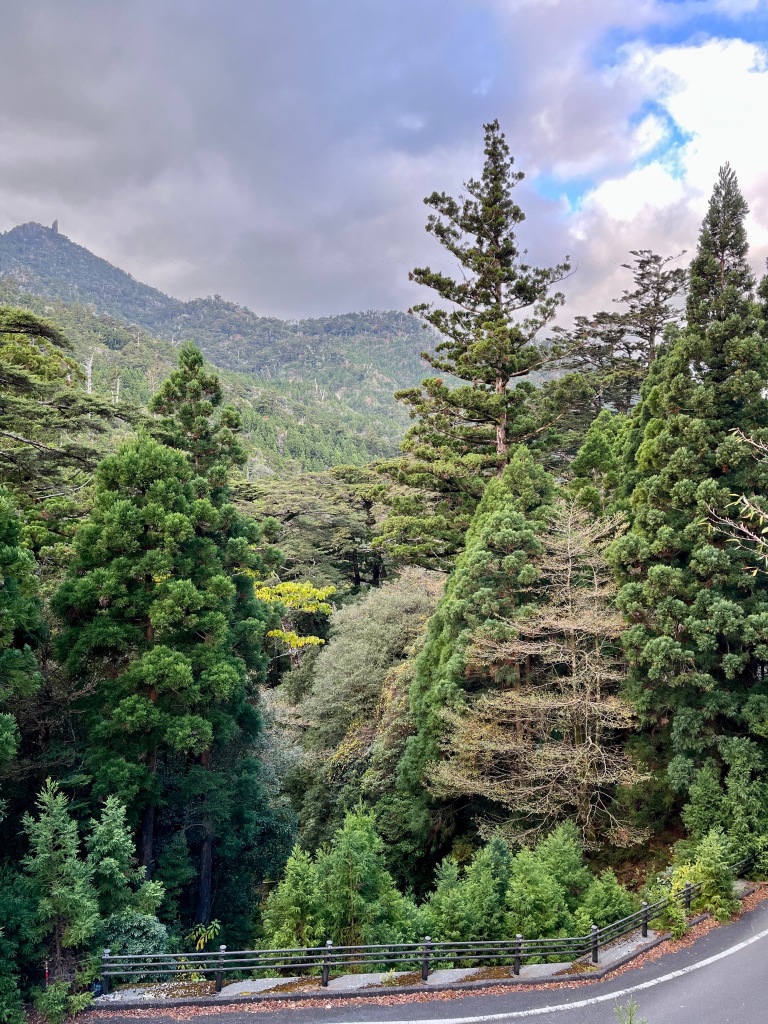
As for Sugi, (cryptomeria Japonica) there are two carefully cultivated ones at the Portland Japanese Garden. They are elegant and kind of feathery-looking. I wanted to see a forest of them.
And, of course, everyone who goes to Japan needs to take a trip on the Shinkansen!
Once I got to the small city of Izumi in Kagoshima, getting to the cranes was merely a matter communicating across the language barrier with the hotel clerk, who helped me book a taxi that would take me to Crane Observation Center on the agricultural outskirts of the town, and then pick me there up after a couple of hours. (I was afraid of getting stranded in the busless suburbs.)

Getting to Yakushima Island, on the other hand, was quite an adventure. The night before I tried to book an outbound ferry using an international online ferry booking service (English!) But it was too late: the booking had to be done two days in advance. I could only book the return trip. And so, at 7 a.m. in the morning I found my way to a ferry terminal in Kagoshima that didn’t require reservations.
When I got there, I discovered that the ferries weren’t running due to high winds (but hooray, I didn’t have an expensive online ticket to deal with!) I sat in ferry terminal, empty except for two guys from Hong Kong, and managed to book a flight on my phone for about $100. Then I got myself to the airport and lo, the plane eventually took off and landed me on Yakushima. We had some interesting swaying during the approach, but otherwise the flight was fine.
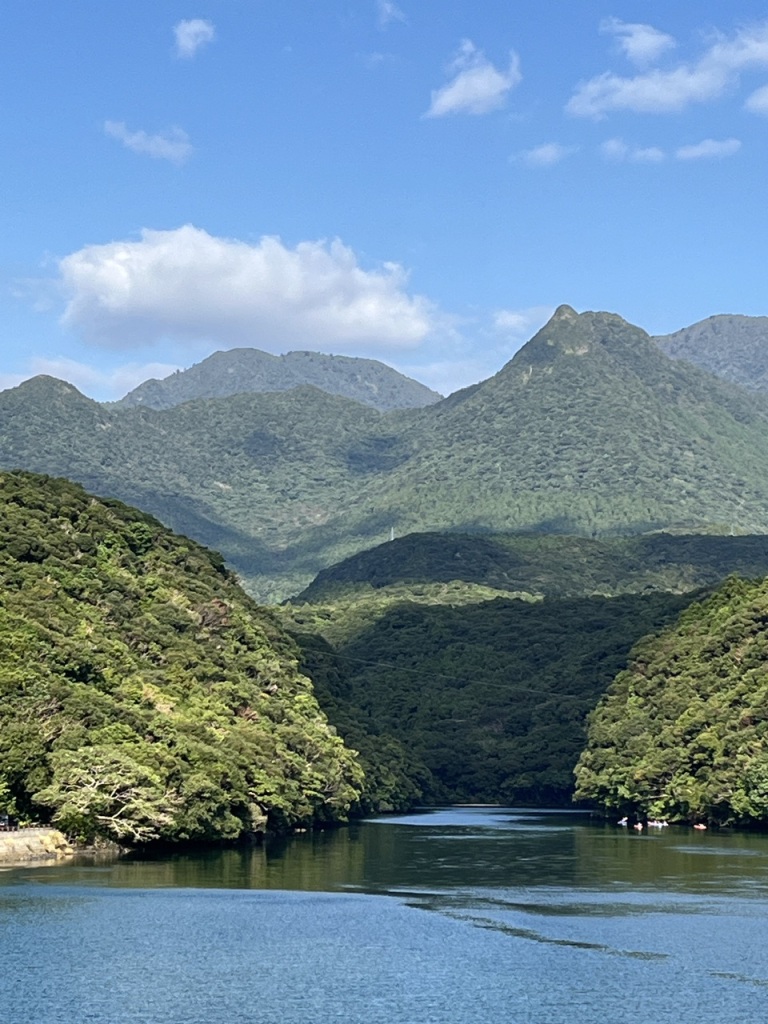
At the Anbo, Yakushima Tourist Information Center, a bit of intense non-verbal communication with patient and enthusiastic clerks resulted in the information that I could take a bus the next day up a mountain and choose from a set of five graded hikes through the Sugi forest. This was exactly what I wanted to do with my one day in Yakushima, but online information in English had been so sparse that I had to actually go there to find out what was possible.
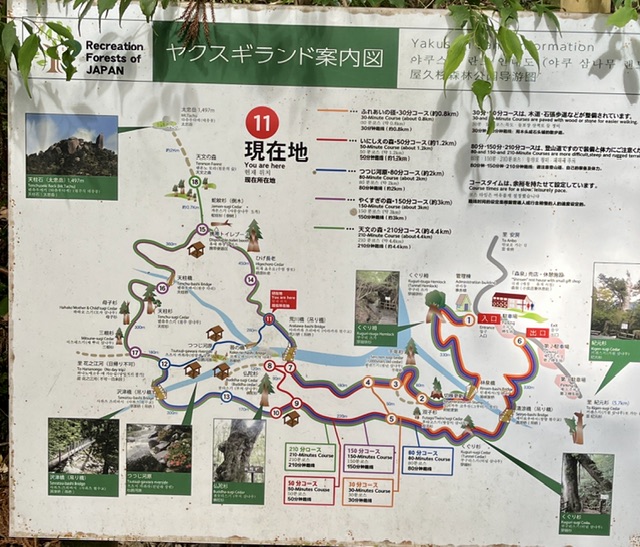
The result was a fantastic hike and a close call avoided: My legs almost gave out in the deep woods after I chose trails that were extremely difficult. I had been misled by information like “3 hours, 1.4 km” (Hmm – I see the problem now.) The “trails” were vague paths where I had to scramble over tree roots and teeter over stepping stones and horizontal ladders with narrow, rotting planks. (Perfect for the hiker I spoke with later who had the experience, youth, balance and strength to easily navigate these woods: he appreciated the sense of genuinely being in nature.)
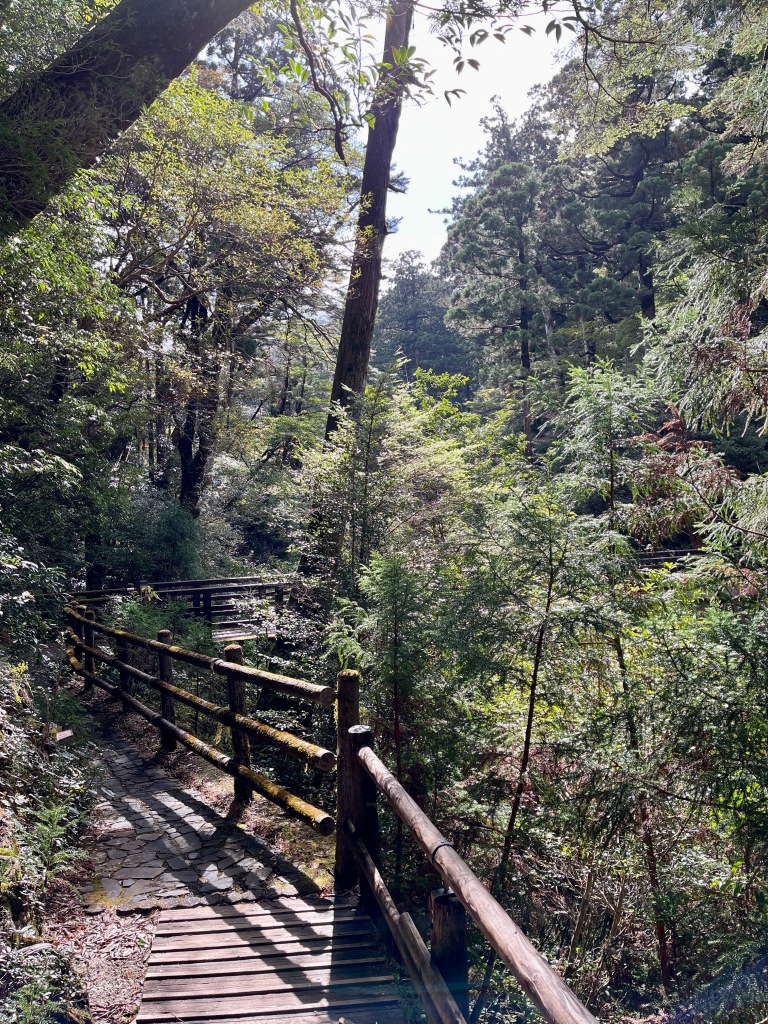
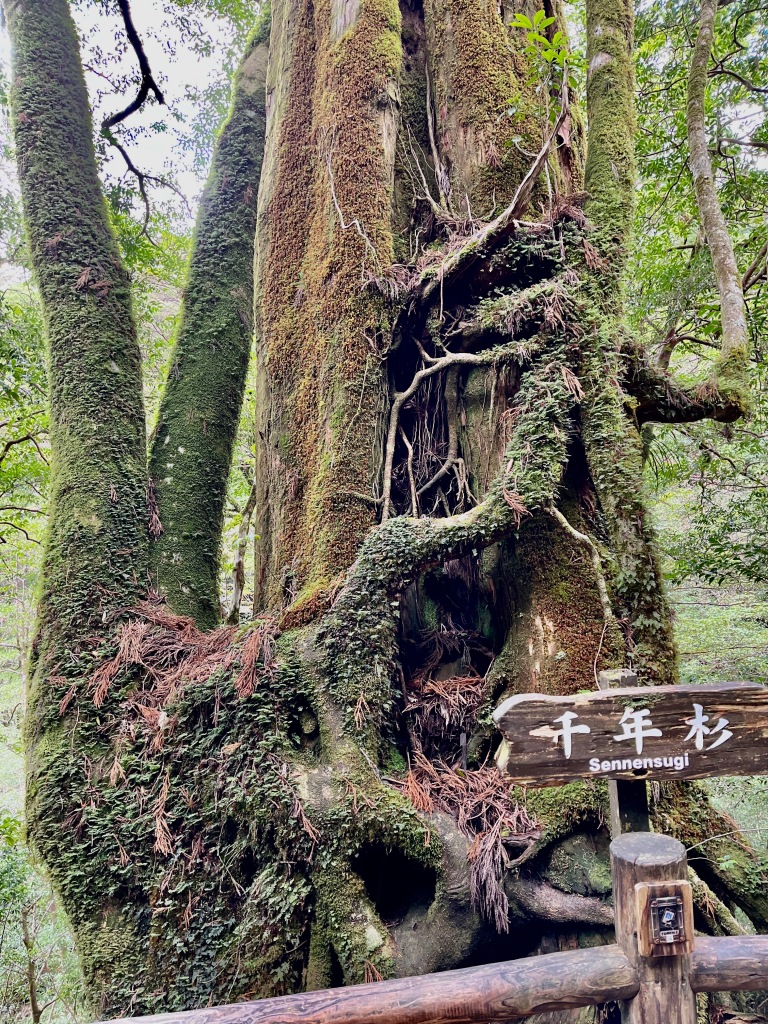
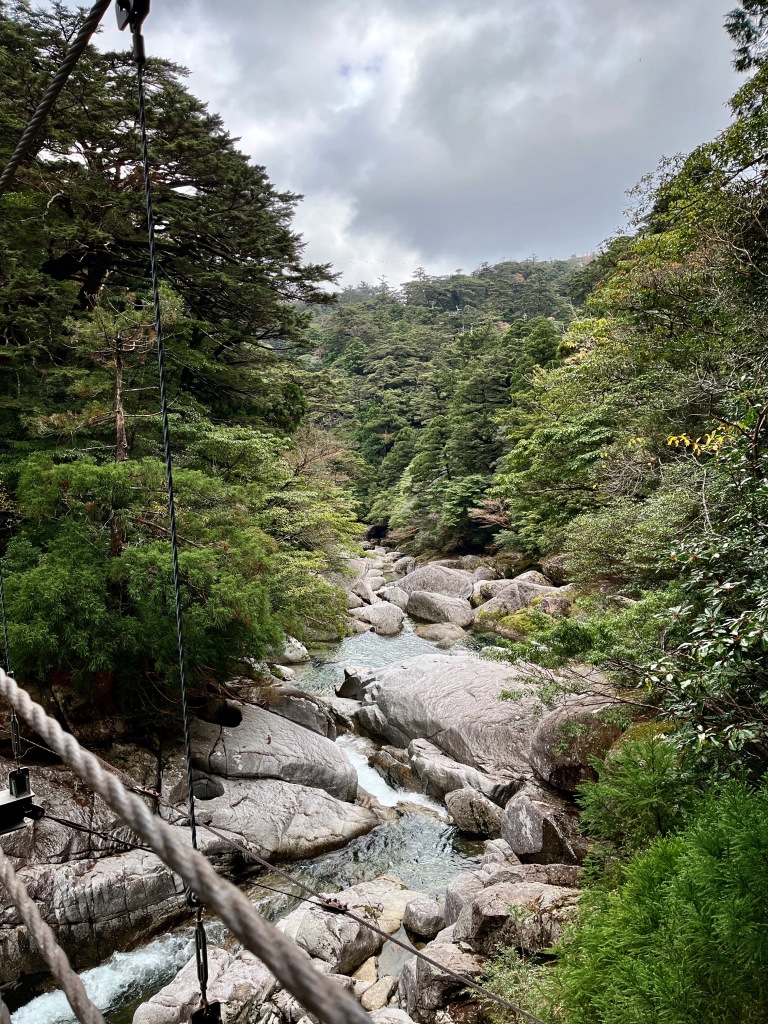
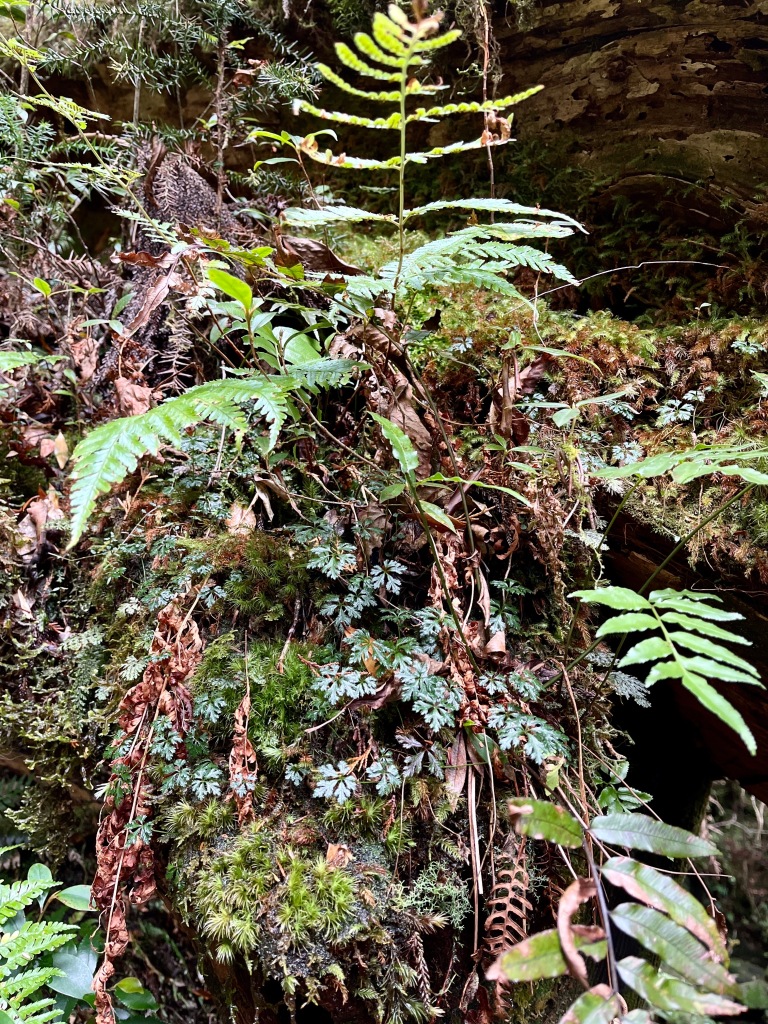


I turned back one quarter of the way into my chosen trail after eating a substantial hiker-bento lunch supplied by my landlady. But there had been some moments of worry. There were no guys with rattan backpacks around to carry me if my muscles gave out, and a fall would have been a bit dire. https://pellegrinaconnie.wordpress.com/2022/11/25/a-walk-down-emei-shan-day-one/ No more risks like that for me!
